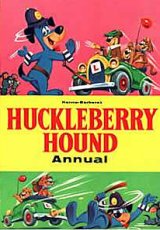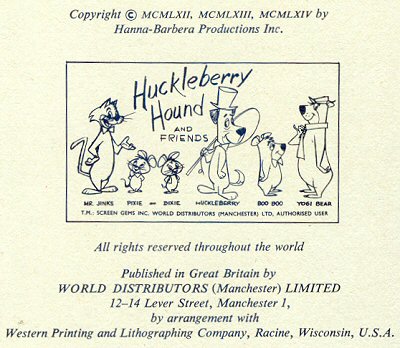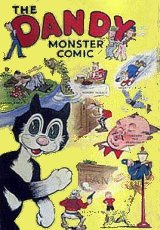 |
What are Annuals ? Annual's are books based on a theme produced each year at Christmas and they have a long tradition in the UK. Most popular TV programmes , weekly or monthly comics and TV cartoons have annuals based upon them as well as current pop stars, football teams and many other subjects. In the main, annuals take the form of a hardback book, though there are exceptions such as Buster, where the first 16 annuals were paperback. They measure approximately 7½ inches wide by 10½ inches high as a standard (10.5cm x 27cm) known as "annual-sized" though they can vary in height (2 inches or more) and width. The term "annual" implies that the themed book is published every year, but quite often there may have only been one annual for a particular series (e.g. Klondike , Nipper and many of the blockbuster films) Dating Annuals Most
annuals state as part of the title what year they are for (e.g. The
Wombles annuals) but there are many that don't. It can be quite
frustrating to the collector when searching the internet and online
auctions, to find annuals for sale that are incorrectly dated, particularly
when looking to fill gaps in their collection. Many annuals have their copyright dates recorded as Roman numerals, and quite often have more than one copyright date shown in sequence. For example, the following snapshot is the copyright information from the Huckleberry Hound annual 1965... As can be seen, there are three dates and the annual does not have the year stated on the cover or the spine. The copyright dates are MCMLXII, MCMLXIII and MCMLXIV. The table below shows all the symbols that can be used in Roman numerals and what each represents...
The starting point for a Roman numeral number (i.e.
copyright date) is that it is constructed by arranging the symbols from
left to right in order of decreasing value; the total is then calculated
by adding the numerical values of all the letters in the sequence. For
example, MDCLXVI = 1000 + 500 + 100 + 50 + 10 + 5 + 1 = 1666.
The highest copyright date in this instance is 1964, therefore applying
the dating rule above, this annual was for the year 1965. I have seen
this annual listed on auction sites as 1962 because only the earliest
copyright date is being used, either by mistake, or possibly because
they wish to make their annual sound older, and therefore potentially
more valuable. Always ask the seller a question and determine the
true copyright data of an annual. Annuals 'With' and Annuals 'Without' ! I
have often been asked by visitors to my site why an annual in my gallery
shows the full title when the one in their possession does not, and
is it a printing error. The answer is no, it is not a printing error.
Take a look at these two images of the Doctor
Who Annual 1981...
The one on the left has "annual 1981" on the cover and inside, plus a printed price in Pounds Sterling (£1.95). The one on the right does not have either. This is because there were two print runs, one for the UK market (left) and one for the overseas market (right). Because annuals and the dating of such are a British phenomenon, placing the year in the title of the overseas editions (which are usually printed around August each year), would cause confusion so they are omitted, as is the price of course. Many overseas copies make their way back to the UK, hence two cover variations. As everyone knows, there are exceptions to every rule (except the one about not being able to scratch your left elbow with your left hand !) and a prime example is found in the Knight Rider annuals. All five of the Knight Rider annuals state a copyright date of 1982 which is the year the series first started on TV. Where this happens we need to take into account the ISBN (International Standard Book Number) and/or the price. ISBN sequences are issued to publishers who then use them sequentially, so if the ever increasing prices doesn't put them in the right order (prices of annuals rarely went down in subsequent years) , then the ISBN will. The table below shows the Knight Rider annuals ISBN, price, copyright date and the resultant year they were for, remembering that the year an annual is for is the year after the copyright date of (in this case) the earliest identified annual...
So, five annuals all dated 1982 within are actually the range of annuals for 1983 through to 1987.
Then there are the undated annuals, the bane of any collector's life including mine. These annuals provide no clues to their date, lacking any copyright date information, price, and title addition (cover or spine). So how do we date these ? Sometimes, if you have all the annuals and there is a gap, it is logical, but it gets confusing where there was more than one (!) annual for some years (e.g. the Batman and Bonanza annuals). However,
there are other clues that can be used to narrow down the year an annual
is for. One such clue lies amongst the World Distributor published annuals
- these used distinctive black and yellow spine styles and colour from
the mid fifties to the mid sixties, and if you have several annuals,
some with and some without dates across a range of titles, matching
the font on the spine and the cover between dated and undated can help
identify the year of the undated ones. Another broad clue is that World
Distributors only started putting their name on the spine of annuals
for 1966 onward, so if its not there, it is older than 1966. |
 |
||||||||||||||||||||||||||||||||||||||||||||||||||||||
 |
 |
|||||||||||||||||||||||||||||||||||||||||||||||||||||||
 |
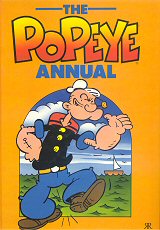 |
|||||||||||||||||||||||||||||||||||||||||||||||||||||||
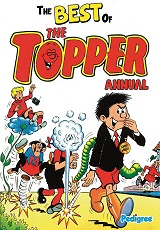 |
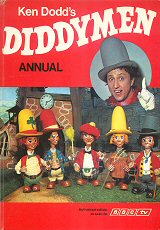 |
|||||||||||||||||||||||||||||||||||||||||||||||||||||||
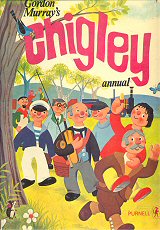 |
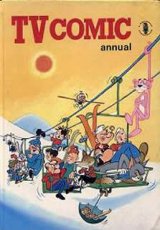 |
|||||||||||||||||||||||||||||||||||||||||||||||||||||||
 |
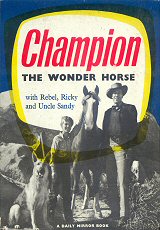 |
|||||||||||||||||||||||||||||||||||||||||||||||||||||||
 |
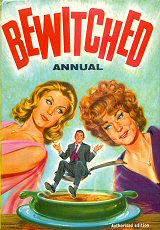 |
|||||||||||||||||||||||||||||||||||||||||||||||||||||||
 |
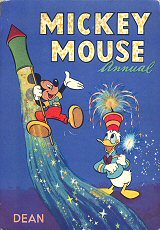 |
|||||||||||||||||||||||||||||||||||||||||||||||||||||||
 |
 |
|||||||||||||||||||||||||||||||||||||||||||||||||||||||
 |
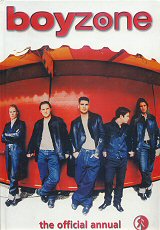 |
|||||||||||||||||||||||||||||||||||||||||||||||||||||||
 |
 |
|||||||||||||||||||||||||||||||||||||||||||||||||||||||
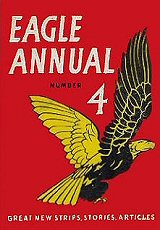 |
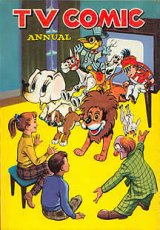 |
|||||||||||||||||||||||||||||||||||||||||||||||||||||||
 |
 |
|||||||||||||||||||||||||||||||||||||||||||||||||||||||
 |
 |
|||||||||||||||||||||||||||||||||||||||||||||||||||||||
92.jpg) |
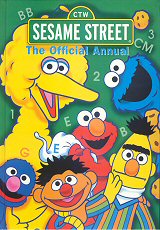 |
|||||||||||||||||||||||||||||||||||||||||||||||||||||||
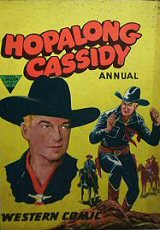 |
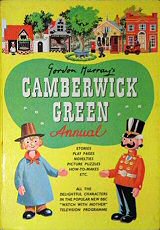 |
|||||||||||||||||||||||||||||||||||||||||||||||||||||||
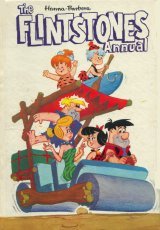 |
 |
|||||||||||||||||||||||||||||||||||||||||||||||||||||||
